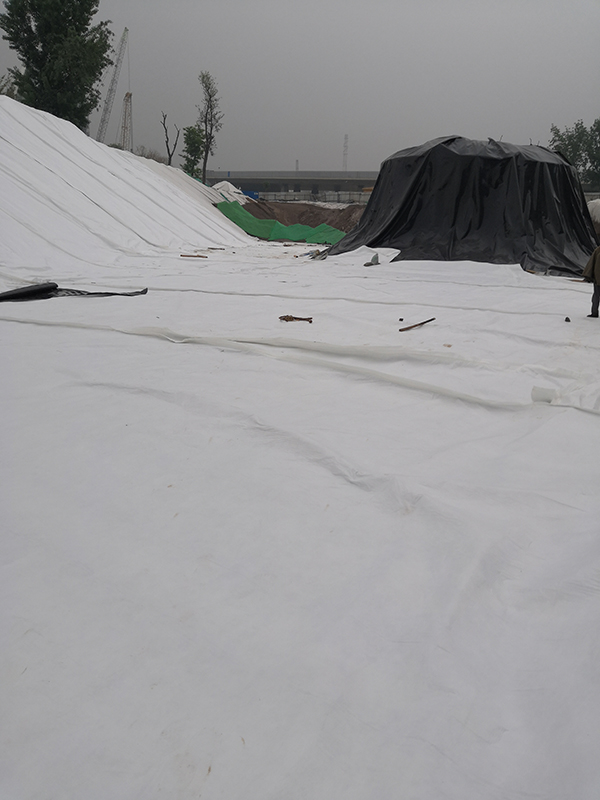Needle punched geotextile fabric is a type of non-woven geotextile material that is widely used in civil engineering and construction projects. It is made by mechanically bonding synthetic fibers together through a process of needle punching, which creates a strong and durable fabric with excellent filtration, separation, and reinforcement properties. This versatile material is used in a wide range of applications, including road construction, drainage systems, erosion control, and environmental protection.

One of the key characteristics of needle punched geotextile fabric is its high tensile strength, which makes it an ideal choice for applications that require reinforcement and stabilization of soil and aggregate materials. The needle punching process creates a dense network of interlocking fibers, resulting in a fabric that can withstand high loads and resist deformation under pressure. This makes it an effective solution for reinforcing embankments, retaining walls, and other earth structures, providing long-term stability and durability.
In addition to its strength, needle punched geotextile fabric also offers excellent filtration and drainage properties. The porous structure of the fabric allows water to pass through while retaining soil particles, preventing clogging and maintaining the integrity of the surrounding soil. This makes it an essential component in drainage systems, such as French drains, subsurface drainage, and erosion control applications, where effective water management is crucial for the long-term performance of the infrastructure.

Furthermore, needle punched geotextile fabric provides effective separation and protection in various construction applications. When used as a separation layer, it prevents the mixing of different soil layers, aggregates, or other materials, maintaining the integrity and stability of the structure. This is particularly important in road construction, where the fabric acts as a barrier between the subgrade and base materials, preventing the migration of fines and ensuring proper load distribution.
Another important application of needle punched geotextile fabric is in environmental protection and landscaping projects. It is commonly used in erosion control applications to stabilize slopes, prevent soil erosion, and promote vegetation growth. The fabric helps to retain soil particles and provide a stable surface for plant establishment, contributing to the restoration and preservation of natural landscapes.
The durability and resistance to environmental factors make needle punched geotextile fabric a reliable solution for long-term performance in challenging conditions. It is designed to withstand exposure to UV radiation, chemicals, and biological degradation, ensuring its effectiveness in various environmental and geotechnical applications. This makes it a cost-effective choice for infrastructure projects, as it reduces the need for frequent maintenance and replacement, ultimately leading to long-term savings.
In conclusion, needle punched geotextile fabric is a versatile and reliable material that offers a wide range of benefits in civil engineering and construction projects. Its high tensile strength, filtration, separation, and reinforcement properties make it an essential component in road construction, drainage systems, erosion control, and environmental protection applications. With its durability and resistance to environmental factors, needle punched geotextile fabric provides long-term performance and cost-effective solutions for a variety of geotechnical and environmental challenges.
Post time: Aug-02-2024
